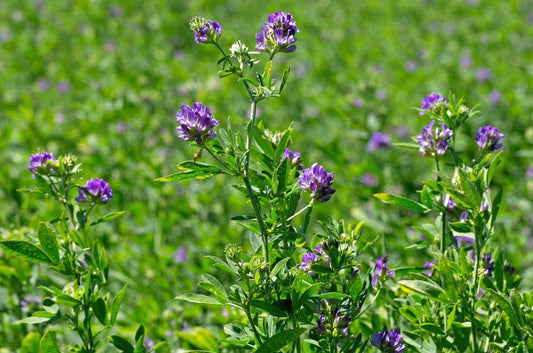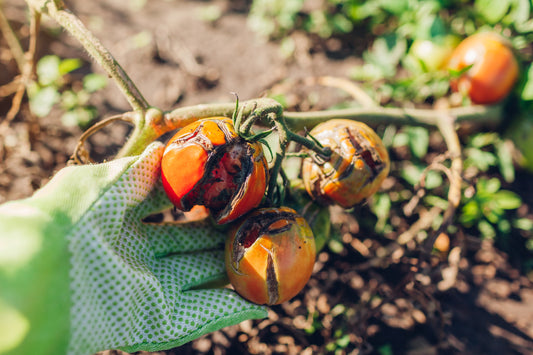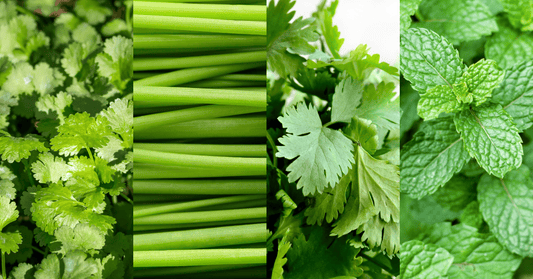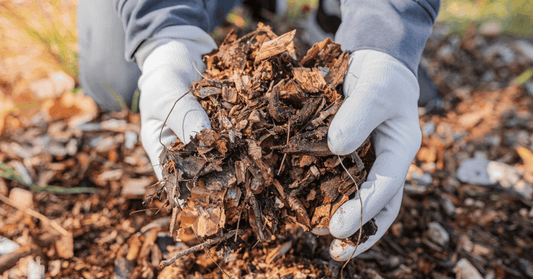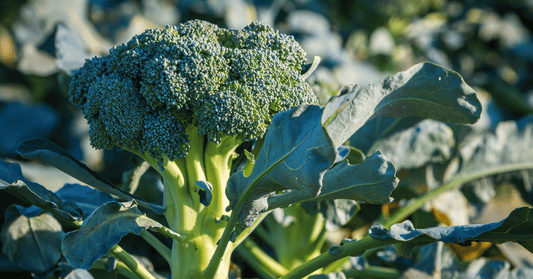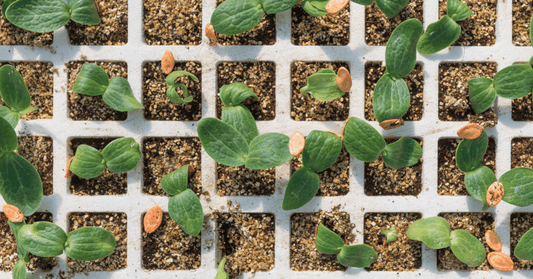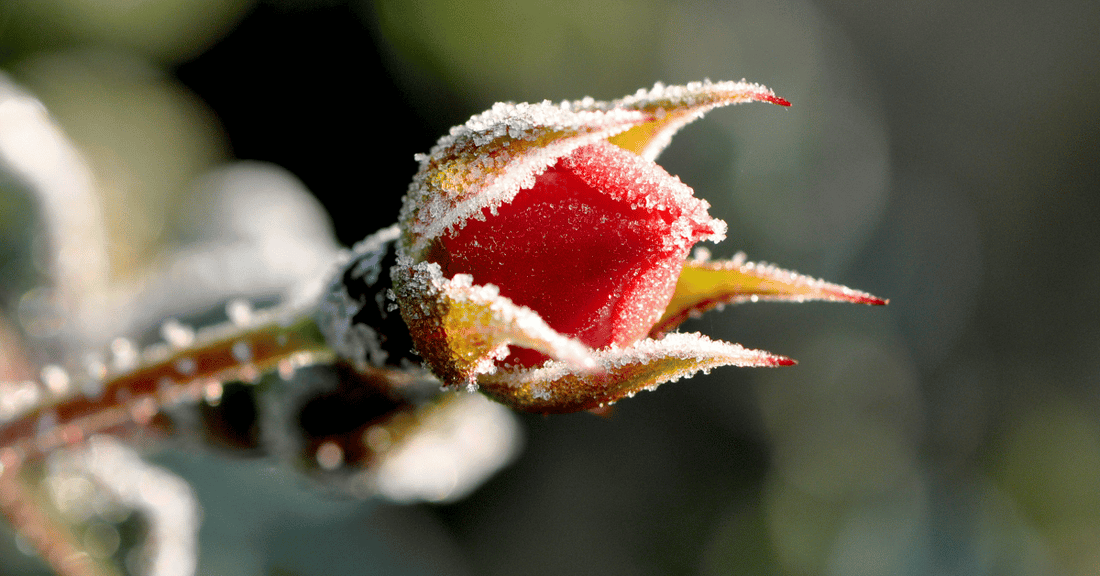
Transitioning Your Garden from Winter to Spring: Shielding Plants from Late Frosts with EM-1®
As the chill of winter begins to dissipate and signs of spring emerge, gardeners eagerly anticipate the vibrant blooms and lush foliage that accompany the changing seasons. However, the transition from winter to spring can be fraught with challenges, particularly the threat of late frosts that can jeopardize budding plants and tender seedlings. In this blog post, we'll explore strategies for safeguarding your garden from late frosts and how EM-1® can enhance plant resilience and mitigate the impacts of cold weather.
Understanding the Threat of Late Frosts
Late frosts pose a significant risk to gardens transitioning from winter to spring. These unexpected cold snaps can occur as temperatures fluctuate erratically, catching gardeners off guard and endangering plants that have begun to awaken from their winter dormancy. Vulnerable buds, shoots, and tender foliage are particularly susceptible to frost damage, which can stunt growth, deform leaves, and even kill plants if left unprotected.
Monitoring Weather Patterns
The first step in protecting your garden from late frosts is to stay informed about weather patterns in your region. Keep a close eye on local forecasts, paying attention to temperature fluctuations and the likelihood of frost. While the arrival of spring brings warmer days, nights can still be chilly, increasing the risk of frost formation, especially in early spring.
Choosing Frost-Tolerant Plants
Selecting frost-tolerant plants for your garden can help minimize the impact of late frosts. Hardy perennials, cold-tolerant vegetables, and native species are better equipped to withstand sudden drops in temperature. Consider planting frost-resistant varieties such as pansies, snapdragons, kale, and broccoli, which can endure cooler conditions and bounce back from frost damage more resiliently.
Mulching for Insulation
Mulching is an effective technique for insulating soil and protecting plant roots from freezing temperatures. Apply a layer of organic mulch, such as straw, shredded leaves, or wood chips, around the base of plants to help retain soil warmth and regulate temperature fluctuations. Mulch acts as a natural barrier, shielding roots from the chilling effects of late frosts and providing a protective buffer against temperature extremes.
Covering Plants with Frost Blankets
For added protection against late frosts, consider covering vulnerable plants with frost blankets or row covers. These lightweight, breathable fabrics create a microclimate around plants, trapping heat and preventing frost formation. Secure frost blankets over delicate specimens, such as young seedlings, fruit trees, and flowering shrubs, before nightfall to shield them from the cold. Remember to remove covers during the day to allow sunlight and air circulation.
Enhancing Plant Resilience with EM-1®
In addition to traditional frost protection methods, gardeners can enhance plant resilience and fortify their defenses against late frosts with EM-1®. EM-1®, short for Effective Microorganisms-1, is a probiotic solution comprised of beneficial microorganisms that promote soil health, stimulate root growth, and bolster plant immunity. By introducing EM-1® into your garden ecosystem, you can cultivate a thriving microbial community that enhances plant vigor and resilience to environmental stressors, including frost.
How EM-1 Works
EM-1® contains a blend of beneficial bacteria, yeast, and phototrophic microorganisms that work synergistically to improve soil structure, increase nutrient availability, and suppress harmful pathogens. When applied to the soil and foliage, EM-1® establishes a balanced microbial environment that supports plant health and vitality. The diverse array of microorganisms in EM-1® outcompete harmful pathogens, enhance nutrient uptake, and help plants withstand adverse conditions, including late frosts.
Application of EM-1
To harness the benefits of EM-1® for frost protection, follow these simple application guidelines:
-
Dilute EM-1: Mix EM-1® with water according to the recommended dilution ratio specified on the product label. Typically, one to two ounces of EM-1® per gallon of water is sufficient for most applications.
-
Apply to Soil: Use a watering can or sprayer to apply the diluted EM-1 solution to the soil around the base of plants. Ensure thorough coverage of the root zone to promote microbial activity and enhance nutrient cycling.
-
Foliar Application: For additional protection against late frosts, spray diluted EM-1® directly onto the foliage of plants. The beneficial microorganisms in EM-1® colonize the leaf surfaces, forming a protective barrier that strengthens plant cell walls and boosts resistance to frost damage.
-
Repeat as Needed: Apply EM-1® regularly throughout the growing season to maintain a healthy microbial balance in the soil and optimize plant performance. Periodic applications of EM-1® help sustain beneficial microorganisms, suppress harmful pathogens, and enhance plant resilience to environmental stressors.
Conclusion
As you prepare your garden for the transition from winter to spring, take proactive measures to safeguard your plants from the threat of late frosts. By monitoring weather patterns, selecting frost-tolerant plants, employing mulching and covering techniques, and incorporating EM-1® into your gardening regimen, you can nurture thriving plants that withstand the challenges of changing seasons. With proper care and attention, your garden will flourish, yielding bountiful harvests and vibrant blooms throughout the spring and beyond. Embrace the beauty of the seasons and cultivate a resilient garden ecosystem that thrives in the face of adversity.
